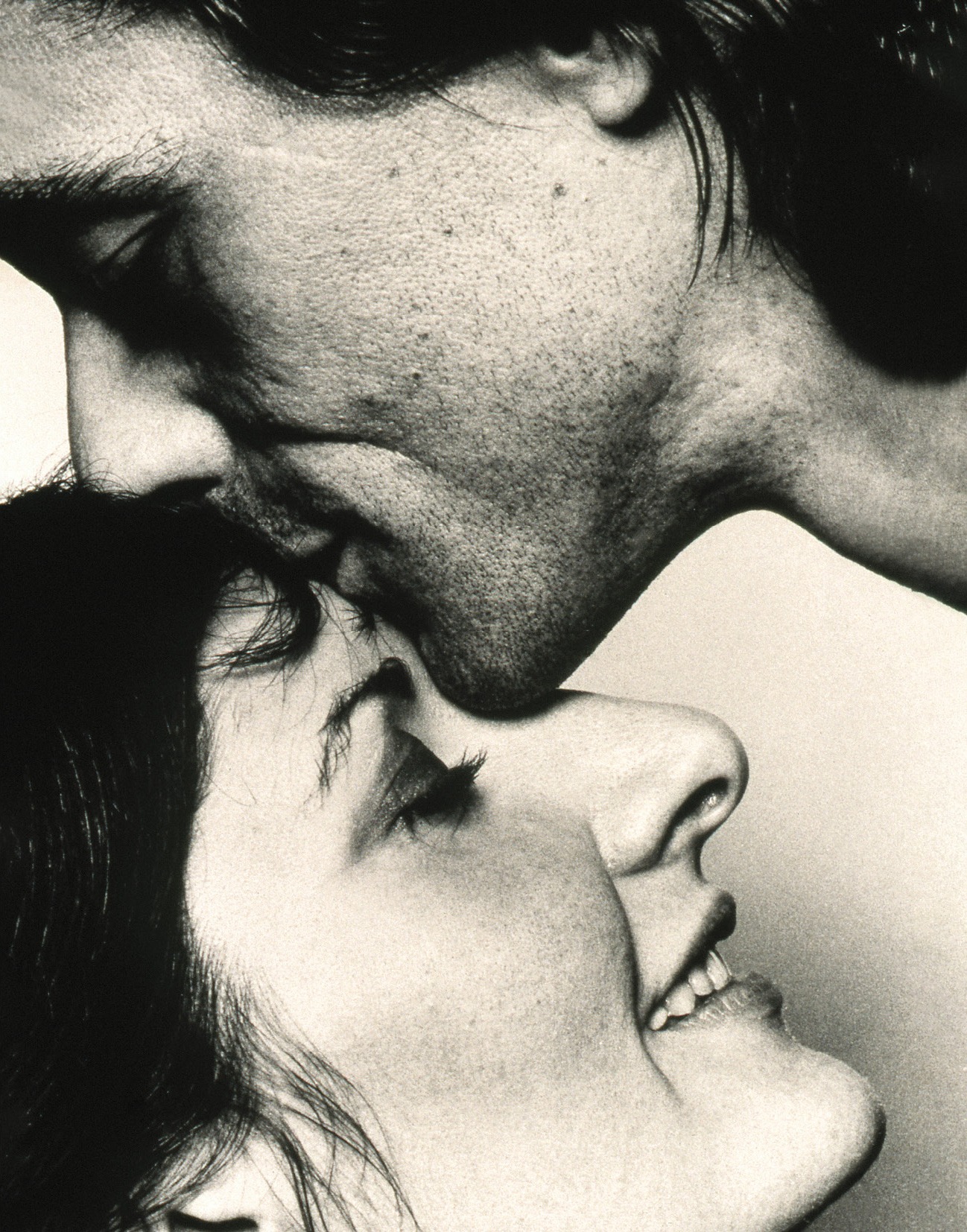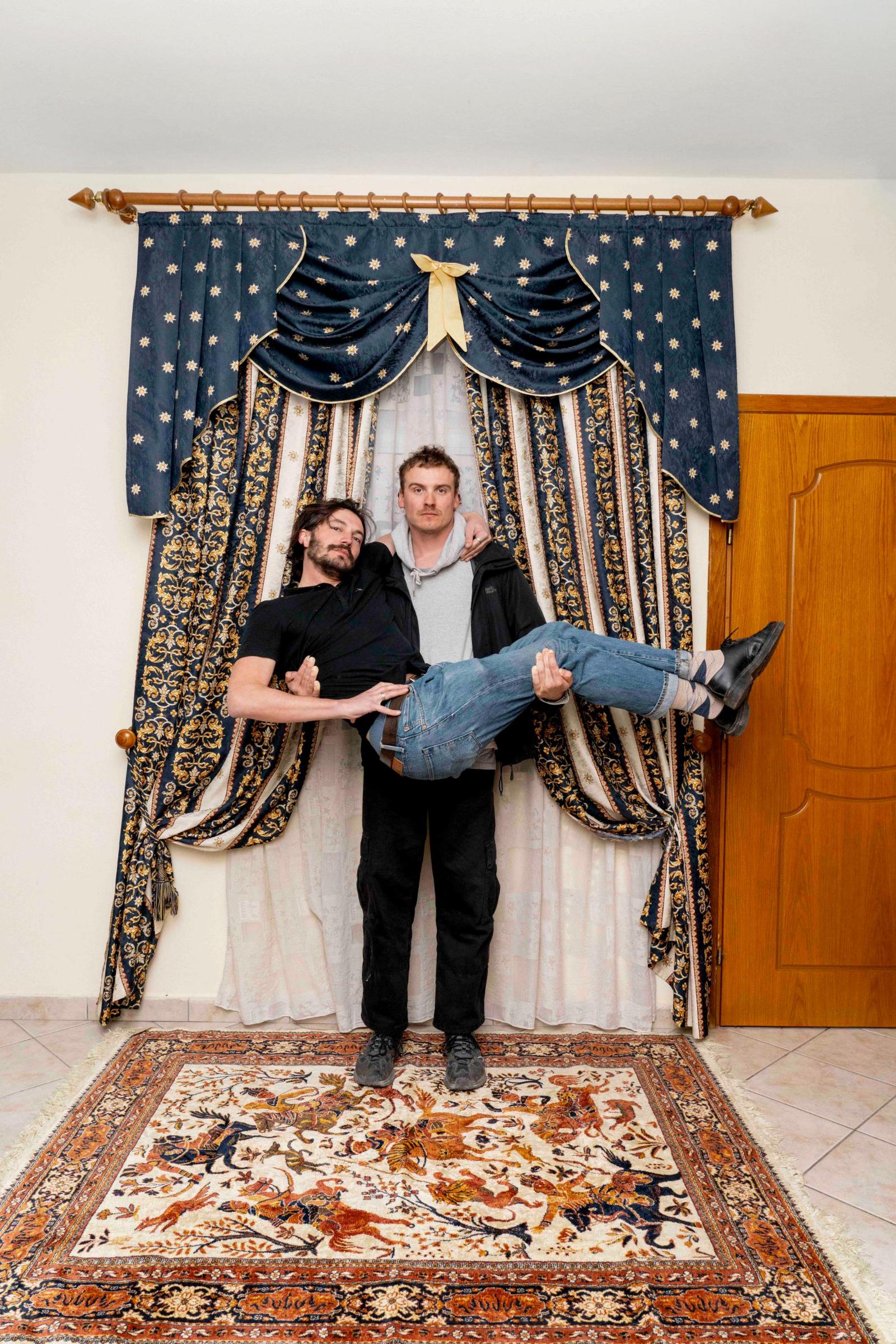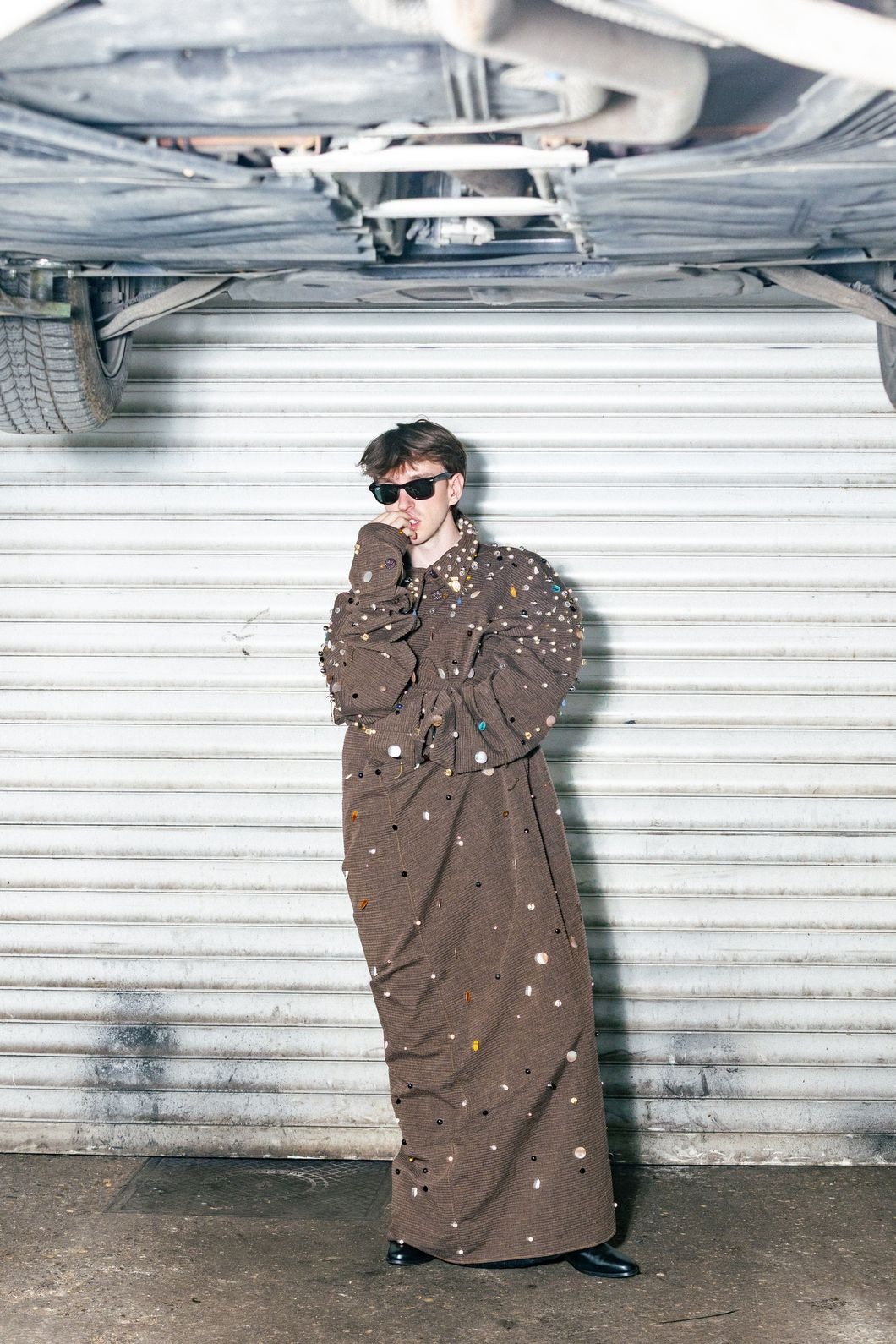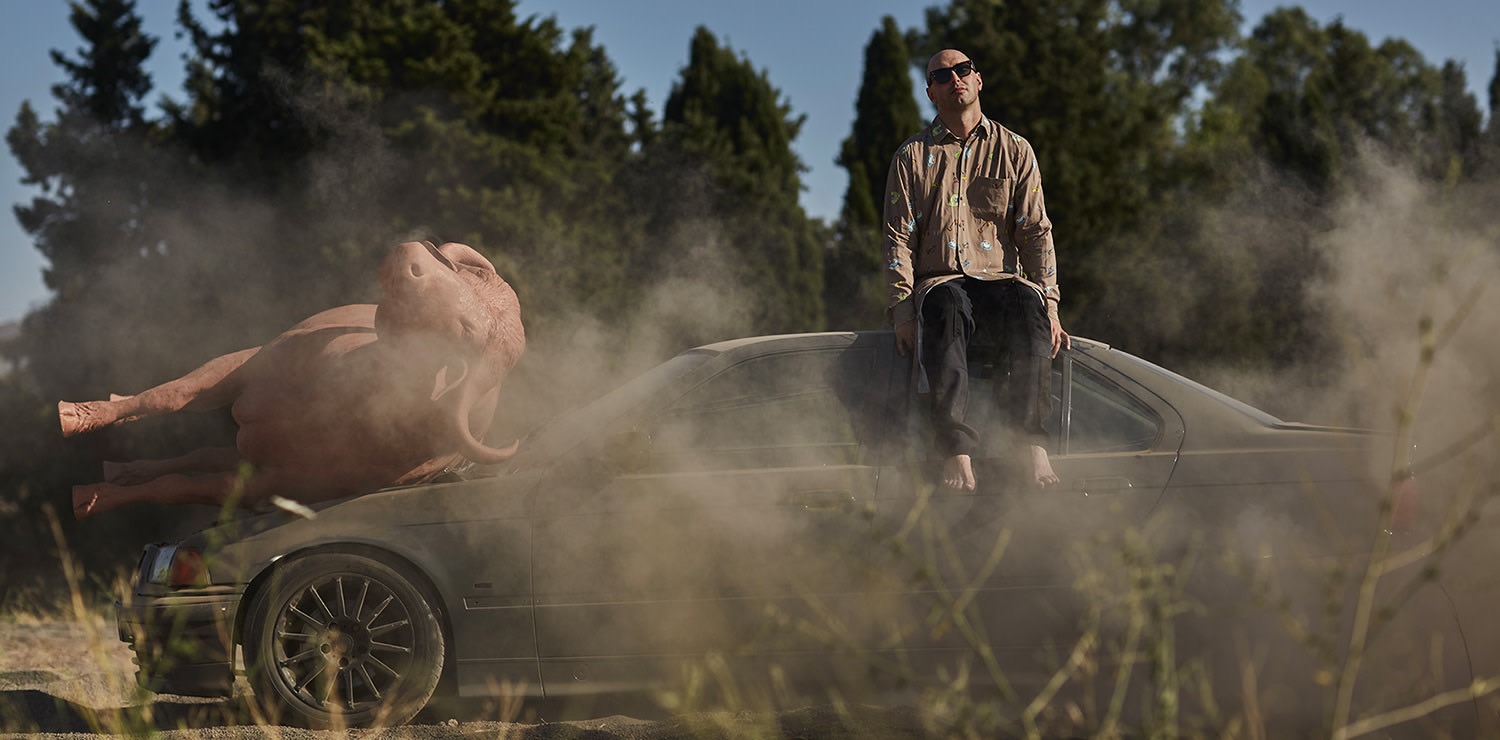
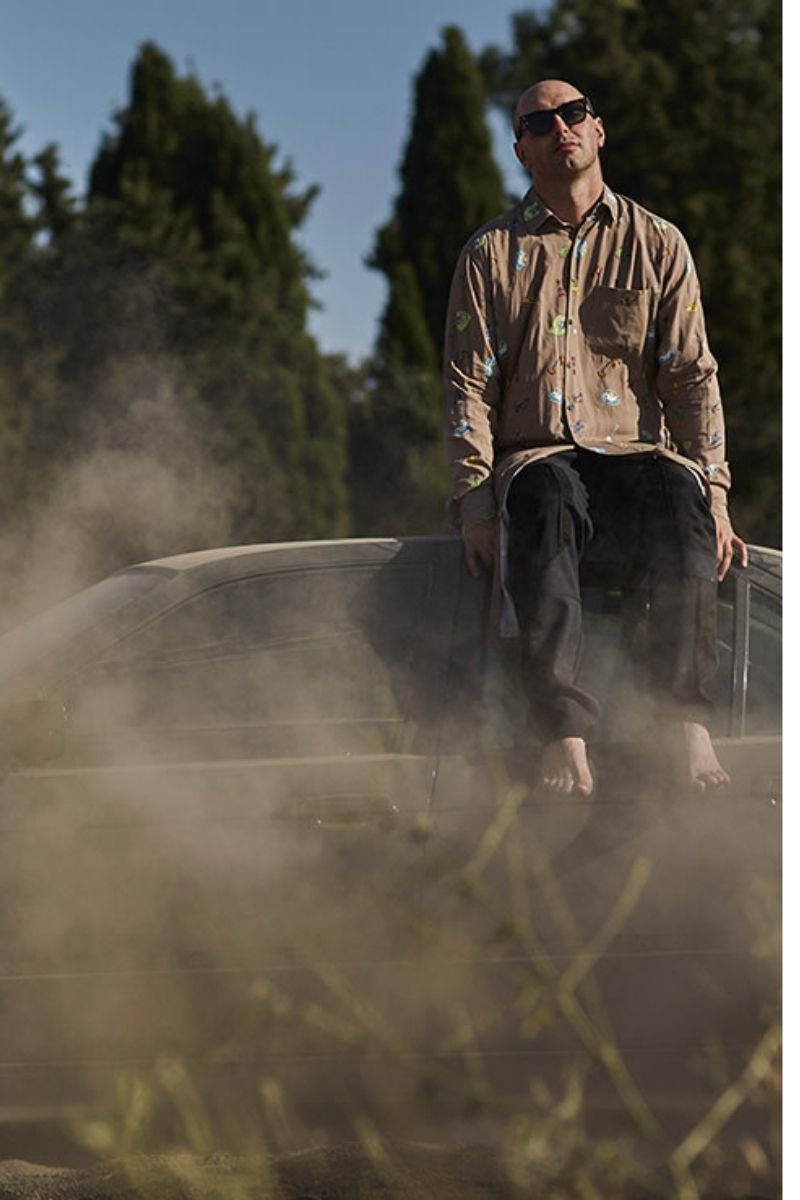
Did you know that in corners and under braking, F1 drivers experience forces of up to 5G, which means their bodies feel five times heavier? Or that a single engine can cost over a million euros? And that the fastest pit stops last about two seconds, including changing all four tires and adjusting some parts of the car? I could go on endlessly with fascinating and almost unbelievable facts about Formula 1. If you’re like me and never knew too many technical details about F1, but always found the excitement, speed, team coordination, and sheer chaos of racing incredible (keep in mind I don’t even have a driver’s license, so driving itself is almost an abstract concept to me), then you can take this text as just another fun fact you’ve learned about F1 this week.
This time, Formula 1 brought contemporary art to the track: Italian artist Nico Vascellari designed the trophies for the winners of the FORMULA 1 PIRELLI GRAN PREMIO D’ITALIA 2025 in Monza. The project (now in its fifth edition) is a collaboration between Pirelli and the Museum of Contemporary Art Pirelli HangarBicocca. In fact, since 2021, an Italian artist has been commissioned each year to design the trophy, bringing contemporary artistic expression from traditional art circuits into the world of Formula 1. His sculpture, titled Chimera, is imagined as a hybrid of a falcon, a swordfish, and a cheetah, the fastest creatures in the air, water, and on land. In this combination, Vascellari found a metaphor for humanity’s obsession with movement and the constant push of boundaries. Known for working across sculpture, performance, and installation, Vascellari first began as a musician in the underground scene in the 1990s, later developing through art the themes of instinct, ritual, and the interplay of the natural and the mechanical. His works often balance between the monumental and the fragile, and Chimera has now found its place in one of the most thrilling and loudest settings in the world, under the spotlights of the F1 race in Monza.
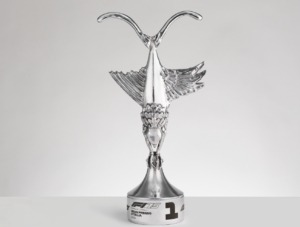
FORMULA 1 PIRELLI GRAN PREMIO D’ITALIA 2025 trophy designed by Nico Vascellari: Chimera, 2025. Commissioned by Pirelli in collaboration with Pirelli HangarBicocca. Courtesy Studio Nico Vascellari. Photo: A. Osio.
Talking to Nico Vascellari about his trophy Chimera, it was clear to me that the idea grew out of a long contemplation on the relationship between nature, humans, and machines. His hybrid figure, conceived as a fusion of three animals that each embody extreme speed in their own realm, led me to ask how these ideas reflect through people.
“In Chimera, the three depicted creatures already embody the extremes of speed on their own, and once merged into a single body, they become a way to reflect on our need to go further, to turn limits into new possibilities,” Vascellari said.
This blend of the organic and the mechanical in his work is no coincidence. Vascellari has explored that connection before, insisting that the natural and the technological are never opposed, but that one fuels the other. “I have investigated the link between animals, cars, and humans before, in projects such as Horse Power (2019) and VIT (2020). In Formula 1, this is obvious: the machine extends the driver’s body, instinct and technology move together,” he added, explaining that Chimera is essentially a form of that dialogue.
The process of creating the trophy was long and layered. Vascellari began with sketches and collages, then moved on to 3D modeling, which allowed him to merge the forms of the three animals into a unified shape. This was followed by 3D printing in resin, through which he could test the figure’s volume and balance, and finally the casting in aluminum, combining the precision of industrial technology with the craftsmanship of artisanal skill. The result is a sculpture that holds the fragility and fluidity of the organic, while also having the functionality and durability that a trophy must possess. In our conversation, he emphasized that throughout the process he often imagined the moment when the driver would raise the trophy above his head. For him, that gesture carries a deeply symbolic meaning.
“That moment condenses a powerful gesture: lifting nature above ourselves. In the act of raising the Chimera trophy, the driver symbolically elevates the natural world, and with it the shared legacy of speed and adaptation, above human achievement.
It is about restoring balance, paying homage to the wisdom of nature that shapes our technological progress, and celebrating the harmony between human endeavor and natural inspiration,” Vascellari explained to me. For him, that moment is not just a ritual of victory but also a restoration of balance and a recognition that our achievements are always tied to something greater than ourselves.
Unlike his earlier works in sculpture, installation, and performance, creating a trophy carried a completely different weight. He had to be aware that this object would become an icon, something to be held, photographed, remembered, and tied to the ritual of victory. “A trophy has to condense everything into a single moment. Unlike other works that can be fleeting or open to different interpretations, a trophy becomes a lasting symbol, inseparable from the ritual of victory. That function shaped the entire process: every angle, every detail had to matter. For me, it was an exercise in synthesis, how to remain faithful to my own language while creating an object meant to endure.”
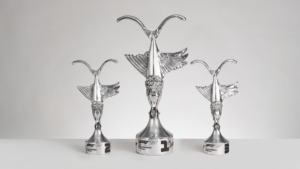
FORMULA 1 PIRELLI GRAN PREMIO D’ITALIA 2025 trophy designed by Nico Vascellari: Chimera, 2025. Commissioned by Pirelli in collaboration with Pirelli HangarBicocca. Courtesy Studio Nico Vascellari. Photo: A. Osio.
In the end, when speaking about the role of art in the world of Formula 1, Vascellari points to something that goes beyond the race itself. In his view, art introduces a different rhythm into an environment built on speed and control. It opens up space for vision and reflection, showing that competition is not only about performance, but also about meaning and imagination. Through mythology, nature, and technology, art can tell stories that resonate far beyond the circuit.
